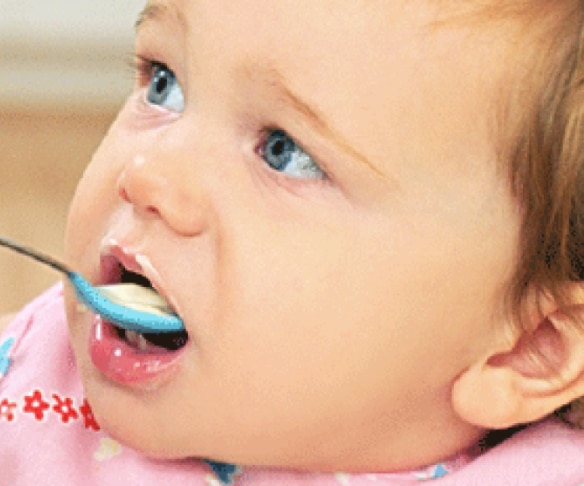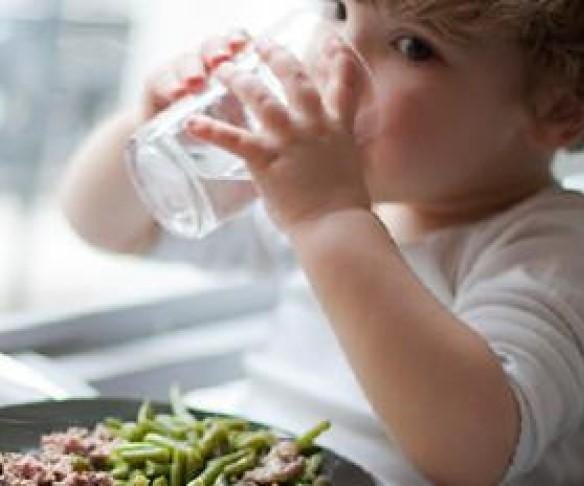What's in This Article
- Your baby cries or is fussy.
- They put their fingers or first in their mouth, or suck on their fingers.
- Your little one opens their mouth wide when touched on his chin or lips and roots for a nipple.
- They squirm or move their arms and legs.
- Your baby moves, licks or smacks his lips or makes small sounds.
Texture and Consistency
Your baby food should change as your baby grows. To make baby food that's right for their milestone right now, stick to the consistencies below.
- Supported Sitter - Smooth, thin single texture
- Sitter - Thick, coarse single texture
- Crawler - Diced, soft pieces or thick puree with lumps
Making Safety Your First Priority
Babies are at a higher risk of food-borne illnesses because their immune systems are not fully developed. Follow the tips below to help ensure your homemade baby food is prepared safely.
- Thoroughly wash hands and equipment before getting started.
- Wash foods well before you begin chopping, even those you plan to peel.
- Use different cutting boards for your meat, poultry, fish and non-meat foods, like fruits and vegetables. Wash knives well between cutting different foods.
- Make sure your refrigerator is set below 40⁰ F and that meats are stored in the coldest part.
- Cook all foods to the correct internal temperature. Minimum cooking temperatures: red meat = 160⁰ F, poultry = 165⁰ F, pork and fish = 145⁰ F
Foods to Avoid Making at Home
The American Academy of Pediatrics recommends to only feed commercial preparations of the following baby foods in early infancy: spinach, beets, green beans, squash and carrots. These foods may be high in nitrates, a chemical that can cause a low blood count (anemia) in young babies. Levels of nitrates are tested in commercially prepared baby foods.
Additionally, the following foods should never be fed to your baby or used in homemade baby foods, since they increase the risk of food-borne illness.
- Unpasteurized dairy foods, like raw milk and many soft cheeses
- Honey
- Home-canned foods
- Food from cans that are dented, rusted, damaged, out-of-date or missing a label
Tips for Preparing Homemade Baby Food
- Choose fresh foods first, though frozen and canned foods work as well.
- Prepare foods without salt, sugar or seasoning.
- Stick with single-ingredient foods in the beginning.
- Use a blender, food processor or food mill, following manufacturer’s directions, to puree your baby’s first foods. Machines that both steam and puree are also an option.
- Remember to match the consistency and texture with their developmental stage.
Storing Your Homemade Baby Food
- Always throw out any left-over, uneaten food from your baby’s dish.
- Once cooked, baby food should be refrigerated within two hours (or one hour if the outside temperature is > 90⁰ F).
- Prepared, homemade baby food can be stored in the refrigerator for 24 hours for meat, poultry, fish, and eggs and 48 hours for fruits and vegetables. It can then be frozen for up to one month.
- Thaw frozen baby foods in the refrigerator or microwave (be careful and watch for hot spots). Never leave food to thaw at room temperature or sitting in water.






